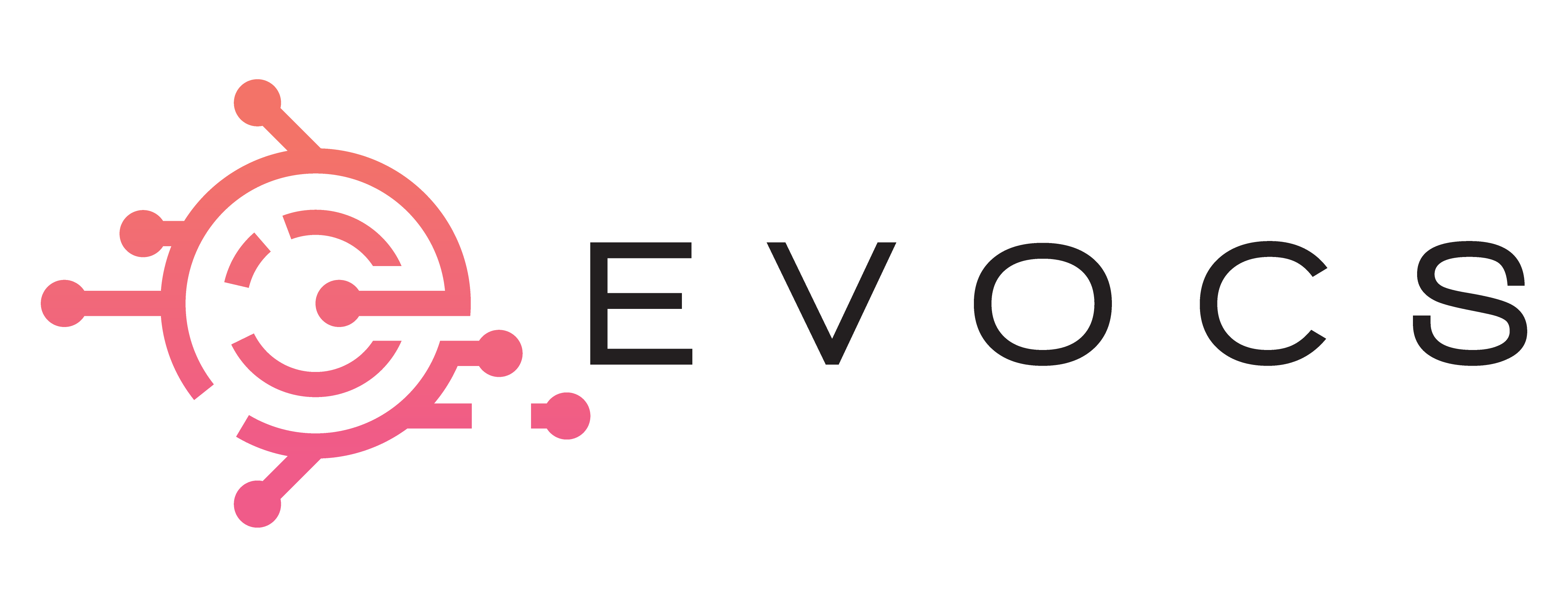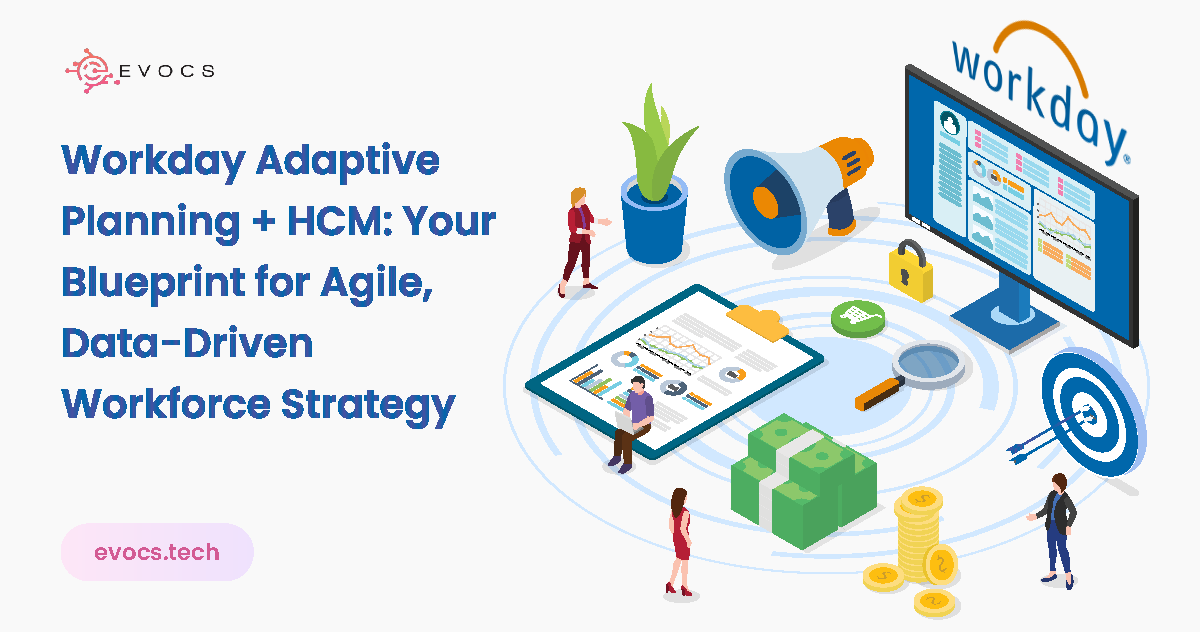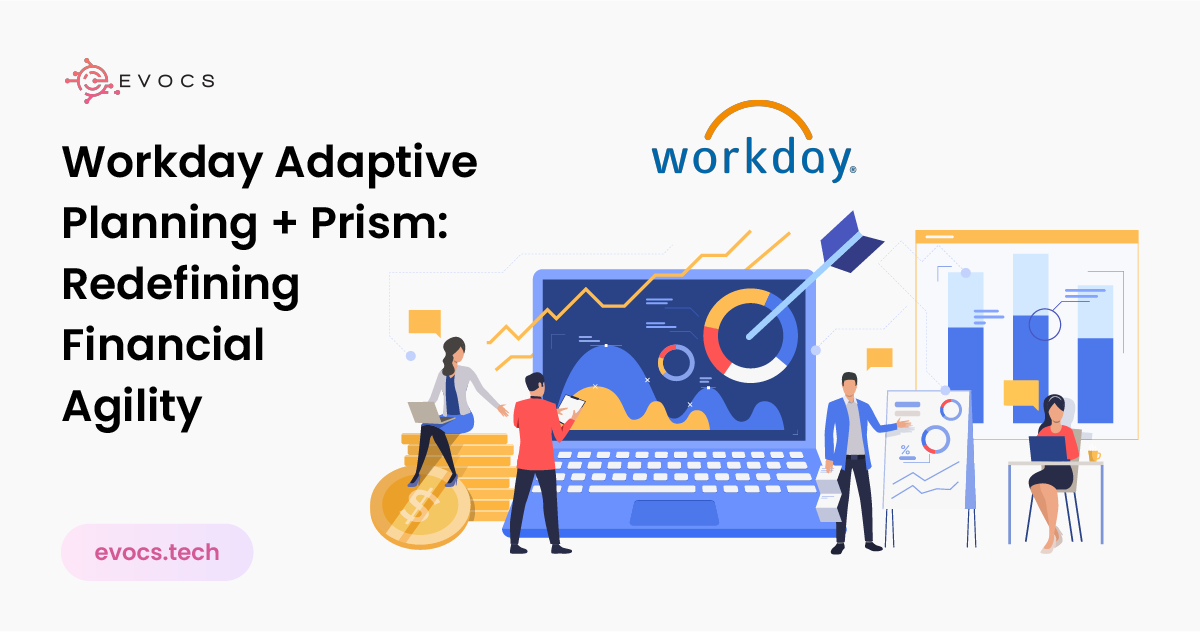Unifying Workforce and Financial Agility: Workday Adaptive Planning + Workday HCM
Workforce planning in its future form requires more than the traditional use of spreadsheets and compartmentalized datasets. Organizations must restructure their people strategies to match financial goals because accelerating technological changes combine with changes in workforce expectations and global competition to compete for talent. The current transformational period allows organizations to use Workday Adaptive Planning connected to Workday Human Capital Management as an integrated system that creates immediate accurate planning for workforce and financial operations. Delegating to this integration enables organizations to adopt sophisticated workforce modeling through comprehensive scenarios which maintain alignment with financial health goals and business strategy. This article examines how Workday Adaptive Planning joined with Workday HCM enables workforce planning evolution from structured administrative work into a fundamental analytical capability which gives business advantages to organizations. The New Workforce Planning Imperative The practice of workforce planning primarily served as a yearly HR chore during which personnel submitted budget requests combined with turnover assumptions and expected moderate deviations from their projections. Current business operations have outdated this historical practice. Today’s workforce planning must be: Real-Time: The system operates in real time to show market-based information updates. Integrated: Connected to financial forecasts, business goals, and operational needs. Scenario-Driven: Capable of modeling different talent strategies and their financial implications. Workforces struggle from crucial separation between human resources plans and financial budgets along with skilled worker limitations interfering with expansion targets and unpredictable staff departures that surprise executive branches. Why Workday Adaptive Planning + Workday HCM? Workday HCM delivers an extensive dataset about employees including position information as well as lists of incumbents and pay scales and competency profiles together with structural information about company teams.Workday Adaptive Planning presents top-grade tools for modeling and scenario planning as well as real-time forecasting abilities.The systems collaborate to supply unified facts about financial and personnel management. Key Advantages: Live employee counting allows financial planning tool sets to display active vacancies and hired personnel along with personnel moves in real-time. Workday Adaptive Planning enables users to build detailed labor cost models by including salary packages along with performance bonuses and employee benefits and tax calculations which removes the need for spreadsheets. The application enables users to examine budgetary and timing effects of different workforce management scenarios which include hiring waves and layoffs and moving employees between locations and assigning skills-based reassignments. Adaptive Planning by Workday needs assessment for your workforce implementation requires an appointment. Personalized advice is available through a Consult booking service. Real-World Application: Smarter Workforce Strategies The integration of HCM with Adaptive Planning gives organizations a solution to answer vital strategic questions: Question Solution What happens if we accelerate hiring for the sales team? Model salary, benefits, and ramp-up costs instantly in Adaptive Planning. Can we afford to open a new regional office this year? Forecast total compensation costs by region and assess financial feasibility. How does voluntary turnover impact project delivery? Adjust workforce assumptions dynamically and update cash flow forecasts. Where should we invest in upskilling vs. hiring externally? Compare internal training costs against external recruiting and compensation packages. Key Advantages: Live employee counting allows financial planning toolsets to display active vacancies and hired personnel along with personnel moves in real-time. Workday Adaptive Planning enables users to build detailed labor cost models by including salary packages along with performance bonuses and employee benefits and tax calculations which removes the need for spreadsheets. The application enables users to examine budgetary and timing effects of different workforce management scenarios which include hiring waves and layoffs and moving employees between locations and assigning skills-based reassignments. Adaptive Planning by Workday needs assessment for your workforce implementation requires an appointment. Personalized advice is available through a Consult booking service. Ready to future-proof your workforce planning? Book your Consultation today and take the first step. Best Practices for Success Create Top-Down and Bottom-Up Alignment Allow senior leadership to establish strategic workforce objectives while granting managers the authority to approve plans based on operational realities. Incorporate Scenario Planning Early Don’t plan for “expected growth” alone—model aggressive, moderate, and defensive scenarios to remain ready. Incorporate Workforce Planning into Financial Reporting Utilize Workday Adaptive Planning dashboards to monitor workforce KPIs (e.g., time-to-fill, turnover rate, cost-per-hire) in conjunction with financial metrics. Encourage Collaboration Across Functions Engage HR, finance, business units, and IT in designing and reviewing workforce models to facilitate full visibility and buy-in. Conclusion: The Workforce Advantage Powered by Workday The people are the lifeblood of each organization—and with an uncertain world, how well you plan, manage, and align your talent determines success. By bringing the modeling capabilities of Workday Adaptive Planning together with the deep human capital data of Workday HCM, organizations unleash a new generation of: Ongoing, integrated, responsive workforce planning. Strategic decision-making informed by real-time data. With these solutions, finance and HR leaders are no longer just administrators—but genuine strategic partners propelling the business forward. Discover what’s possible Go to Workday Adaptive Planning Overview and Book a Consult today to begin your workforce transformation journey.



